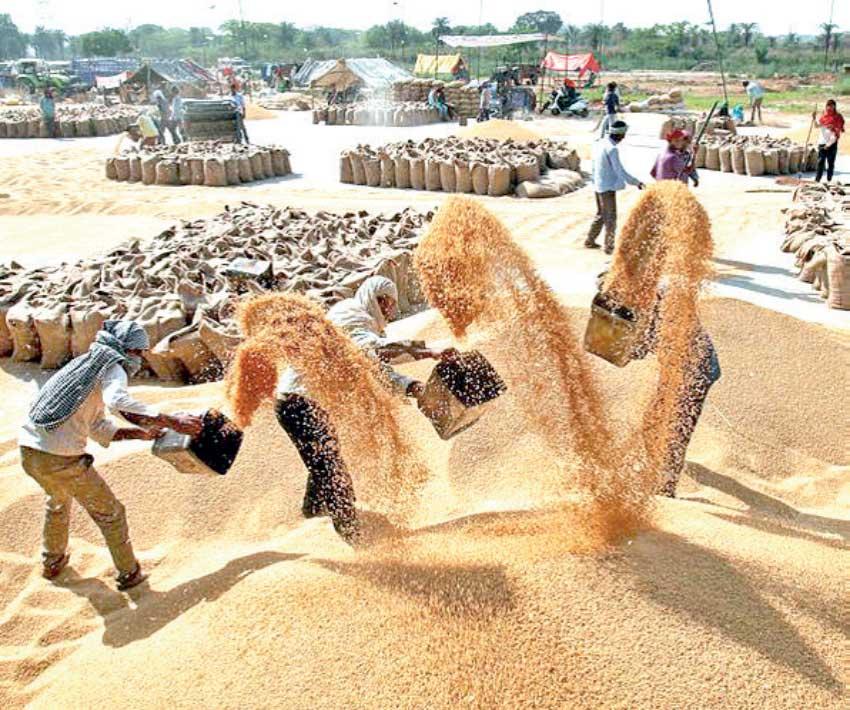17 May 2022 - {{hitsCtrl.values.hits}}

Reuters Breakingviews: India’s pledge to feed the world still holds more than a grain of truth.
After global wheat supplies were disrupted by the war in Ukraine, Prime Minister Narendra Modi said India was ready to step up its trade. But a heatwave is singeing fields and threatening to drive domestic production of wheat down to levels last seen in 2017. Even so, the country’s rice exports matter more in global food security.
An export ban on wheat announced on Saturday eases pressure on India’s average retail wheat flour prices that are at a 12-year high and protects consumers.
That will come at the expense of farmers, whose incomes have already been squeezed hard in recent years, and who will now need to sell their crop for lower prices to the government.
It raises the political heat on food security worldwide. Before the ban, India had been the only major supplier in global markets, due to worsening water scarcity in Brazil, the United States and Europe. Economists at Citi calculate India might still have some spare wheat to send overseas. If so, its neighbours including Bangladesh and Sri Lanka, which is in the midst of an economic and political crisis are likely to be first in line.
The wheat shortfall shifts the world’s food focus onto rice, a common substitute for wheat. India remains the world’s top seller with 40 percent global export share this year, per forecasts from the USDA.
Back in 2007 and 2008, export restrictions from India and Vietnam exacerbated a shortage, leading to food riots across Asia and Africa. Food-price rises continued for years and eventually spilled into the Arab Spring movement in Egypt and beyond. Overall food and beverage inflation in Egypt, a major wheat importer, was 26 percent year-on-year in April, higher than back in 2011.
The All Rice Price Index, compiled by the Food and Agriculture Organization of the United Nations, remained below levels a year earlier as of April, though it is creeping up. Thanks to controversial subsidies assuring farmers a minimum selling price, India is likely to have enough grains to feed itself; a healthy monsoon season will be critical to global supplies. For now, India’s food stocks still spare political leaders elsewhere from even worse problems.
14 Nov 2024 15 minute ago
14 Nov 2024 53 minute ago
14 Nov 2024 2 hours ago
14 Nov 2024 2 hours ago
14 Nov 2024 2 hours ago